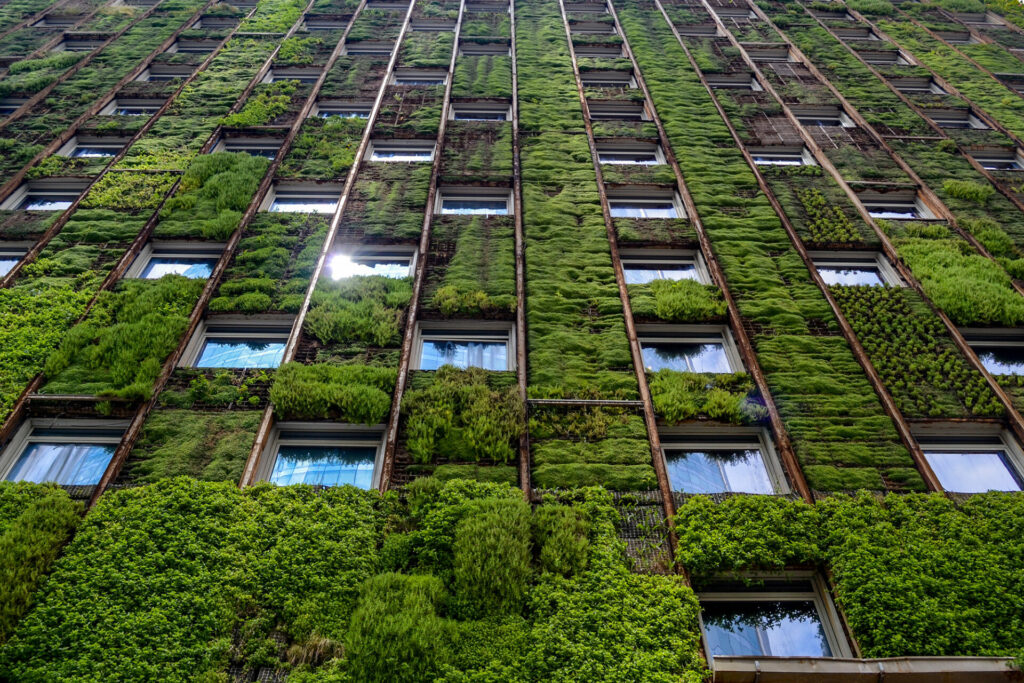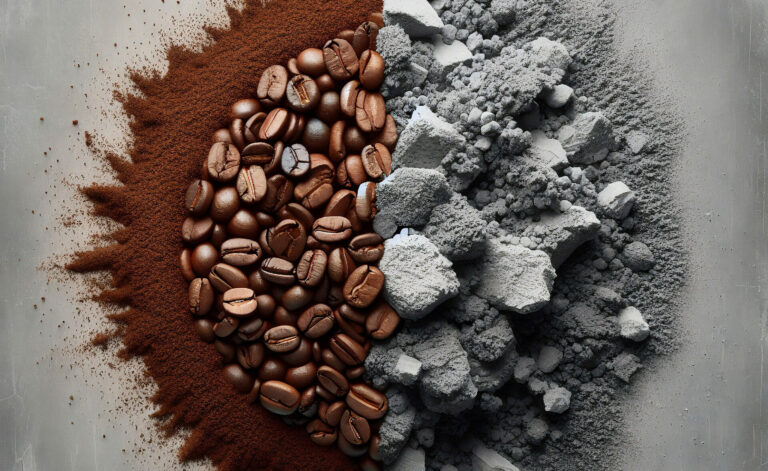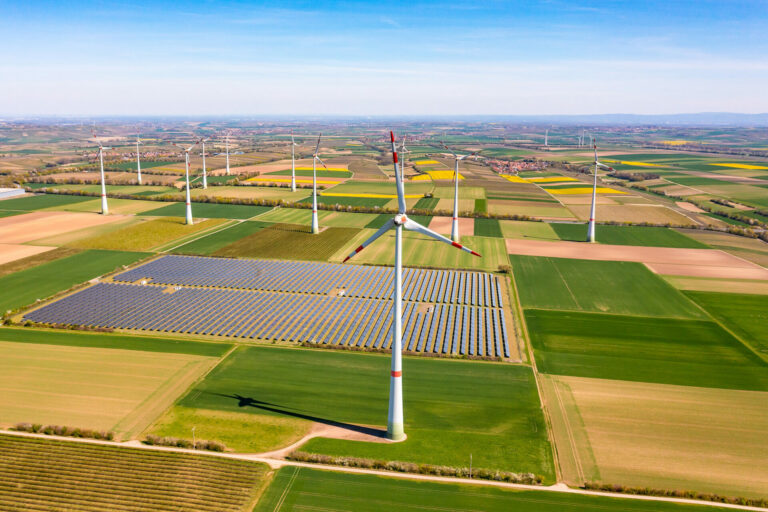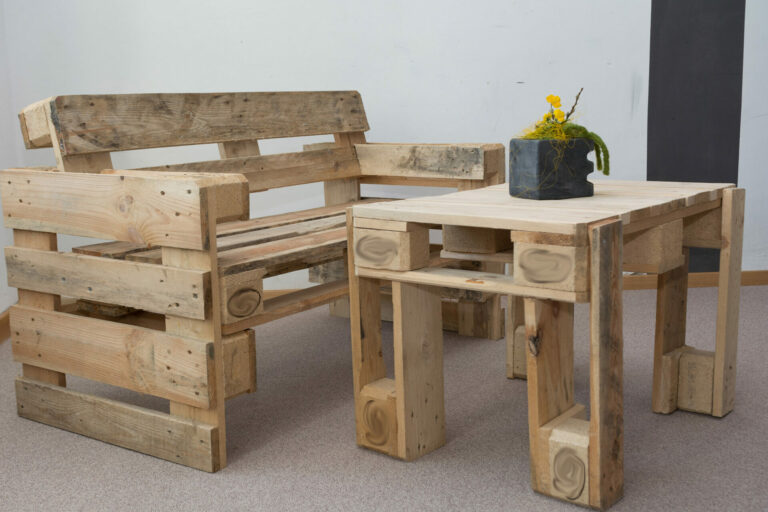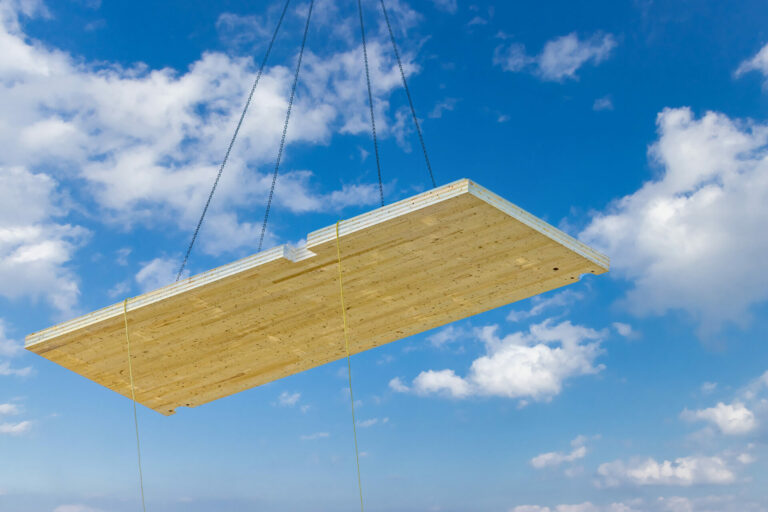Since humans have walked the earth, they have designed and built structures. Driven by a need for security and shelter, these structures symbolize one of the most important facets of live, protection. While modern homes and buildings are clearly designed and built with tools and techniques unimaginable to our early ancestors, their importance has remained consistent. When we consider the changes and adaptations that have taken place in the built environment, it stands to reason that the homes and buildings we create are a representation of the society. As humans adapt, so too do our building techniques and materials. With this in mind, there are important questions that need to be asked. If our buildings embody the current thinking and capabilities of the communities that inhabit them, why are these same buildings being produced with materials that cause enormous harm to the environment?

The nature of the construction industry is one of perpetual change and while historically this may have come in waves with periods of relative stability and consolidation in between, the modern world does not allow for pause. Simply put, modern life changes fast. While the impact of this change may be straightforward to understand, it is far from easily solved. If the way we design, build, and use our structures needs to be reevaluated, how do we adapt to ensure that the next generation of homes meet our needs?
Of course, it is not necessarily fair to draw parallels between the two in a modern sense. Scientific learning and advancements now take place at a significantly faster rate than at any other point in history. While we are still learning about the damage our structures can cause, alternative methods and materials are now necessarily able to keep up. Notwithstanding this fact, the clock is ticking and the industry is coming under increasing pressure to adapt to environmental needs. The view of governments around the world is a simple one, building work is no longer fit for purpose and solutions needs to be found. Speaking in the British Parliament, chair of the Environmental Audit Committee, Philip Dunne spoke about the ongoing change that means a complete overhaul of how we think about construction. “Much more needs to be done, and baseline standards for action need to be established. Mandatory whole-life carbon assessments, and targets to crack down on embodied carbon, provide part of the answer. Constructors and developers can then determine which low-carbon materials, such as timber and recycled steel, they can use.”
“Much more needs to be done, and baseline standards for action need to be established.”
With embodied carbon no longer being a niche technique, it has now reached the mainstream and is becoming a common feature of new projects. This ability to adapt current materials is proving to be a positive development in lowering industry emissions, however, experts believe that even more needs to be done. The construction industry is facing up to the likelihood that it needs to source alternative materials altogether. Many of these are likely to come from scientific breakthroughs or, in some cases, as accidental discoveries. Sometimes however, ‘necessity is the mother of invention,’ as the saying goes. Though this is a challenge, it is certainly not an insurmountable one. As the evolution of building work has shown countless times, innovation and new technologies are a part of who we are. The industry is constantly adapting.
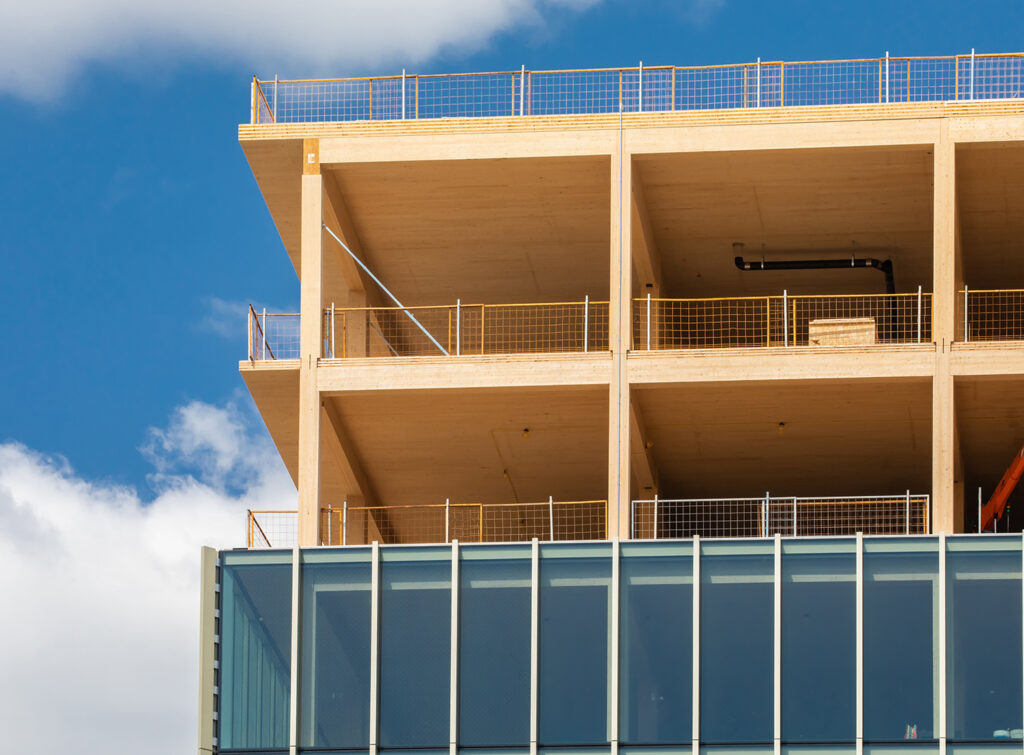
Led by Associate Professor Wil Srubar, the Living Materials Laboratory is a team of researchers and scientists based in University of Colorado, Boulder. Their aim is simple, to ‘Build with Biology.’ Having received over $16M in research funding, the team has set about identifying, testing, and discovering alternative ‘living’ materials that can be used in the construction industry. With projects such as load-bearing and self-repairing sand, it seems the team are leading necessary change. “By maximizing resource productivity, longevity, and recovery, sustainable materials exhibit a transformative potential to enhance the global sustainability of our built and natural environments.”
The thought of bio or living materials in construction may seem concerning to those within the industry. Questions will surely arise about the strength and durability of anything proposed as alternatives to concrete. The truth is though, construction has used biomaterials for hundreds of thousands of years. Timber and bamboo have been relied upon to support structures with no such concerns. With these materials, the biological organisms used to produce them will eventually die off meaning they will erode and decompose. Where living materials differs, however, is that unlike wood, living organisms such as fungi and bacteria can now be used in construction materials. For Srubar and his colleagues at the Living Materials Laboratory, this ‘living’ aspect is where things get truly exciting. “We already use biological materials in our buildings, like wood, but those materials are no longer alive. We’re asking: Why can’t we keep them alive and have that biology do something beneficial, too?”
One benefit the team has identified is the use of a bacteria that can be kept alive in situ. By successfully keeping these organisms alive for long periods of time, the researchers have proved that the possibility of living buildings that self-heal cracks and suck toxins from the surrounding atmosphere is not too far away. What’s more is that the potential for these buildings to interact with their environment is boundless. Chelsea Heveran, a former postdoctoral research assistant at CU Boulder, now at Montana State University, explains how buildings made with these materials will ultimately have a sense or awareness of the world around it. “Though this technology is at its beginning, looking forward, living building materials could be used to improve the efficiency and sustainability of building material production and could allow materials to sense and interact with their environment.”
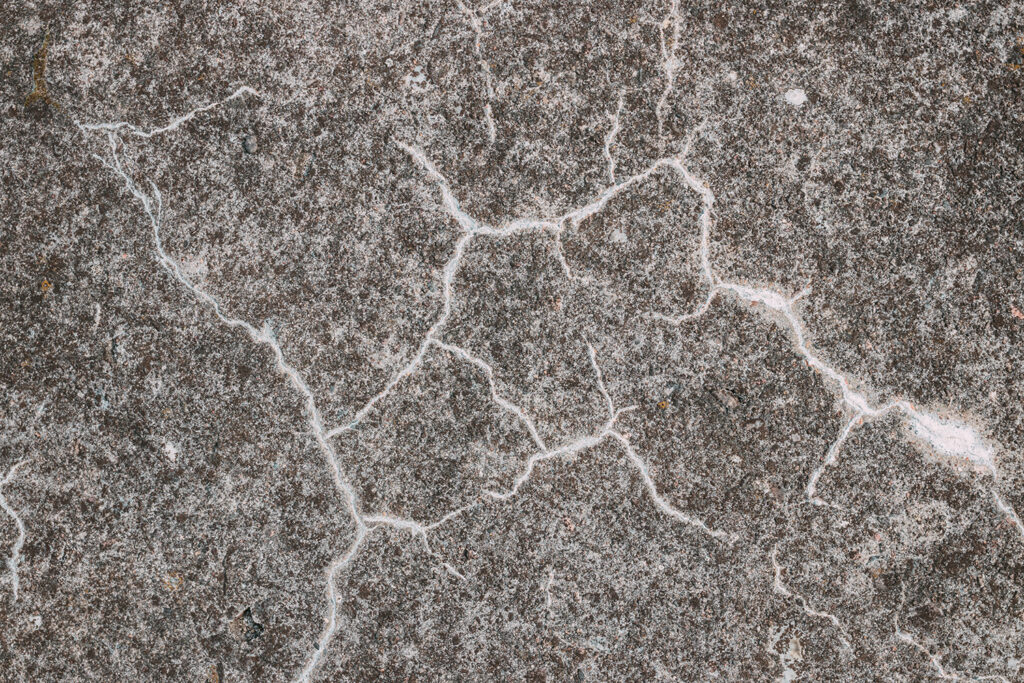
These future buildings, capable of responding to an environment in real time, may be some way off but it is the efficiency and sustainability aspects that Srubar and his team have been working towards. They recently achieved success in an area that could be transformational for the industry. By experimenting with cyanobacteria belonging to the genus Synechococcus, they discovered that it has the ability to absorb carbon dioxide gas which helps it grow and create the main ingredient in both limestone and cement. What sets this discovery apart from the bacteria typically used to create self-healing concrete is that, crucially, it has a resilience that sees the bacteria survive. Self-healing materials typically have a survival rate of around 1%. With this new type, 14% of the bacterial colonies were still alive after 30 days, creating three generations in the process.
Alongside this breakthrough, the team of researchers also discovered that resilience meant that the material could reproduce. Quite literally, if the blocks were chopped in half, they are capable of growing into a new brick. This, Srubar says, is key to creating materials that thrive and live long-term. “We know that bacteria grow at an exponential rate,” Srubar said. “That’s different than how we, say, 3D-print a block or cast a brick. If we can grow our materials biologically, then we can manufacture at an exponential scale.”
With science playing an ever-increasing role in the production of sustainable building materials, the team at University of Colorado are making significant headway to finding groundbreaking alternatives. Their blocks have the same strength as mortar and provide an incredible array of benefits. While challenges still lie ahead in terms of ensuring the correct environmental factors, Srubar believes that the answers are out there. For him and his team, they just need to know where to look. “Nature has figured out how to do a lot of things in a clever and efficient way. We just need to pay more attention.”









